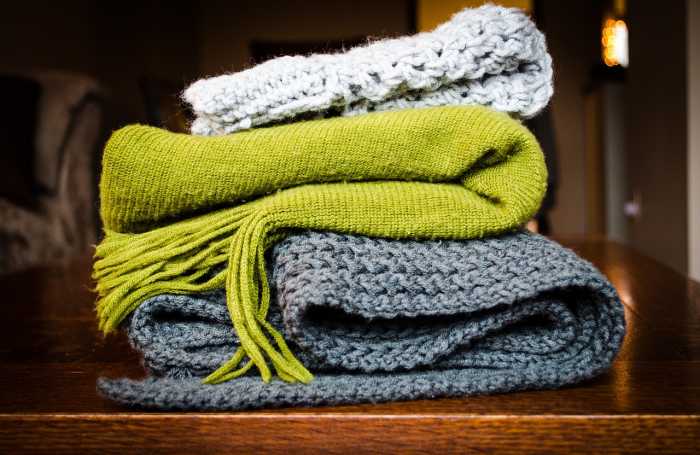Whether you are someone who has an illness or someone who is simply curious about the validity of the subject, a lot of people raise their eyebrows when you tell them about weighted blankets. They actually work very well for some symptoms and ailments. The difference between what people think they will and what they actually do differs, however. Weighted blankets are great for symptoms, but they will not cure your disease. Weighted blankets can help a variety of people with a variety of illnesses, but before you can talk about the people it can help and the disease they have, it’s better to understand the fundamentals of weighted blankets. What are they? And how do they work?

Blankets that are Heavy?
For a lot of people blankets with extra weight have become a routine component of stress and symptom relief as well as positive sleep habits. The research suggests that can benefit people with insomnia, anxiety, autism, and other conditions. Weighted blankets resemble a normal blankets, but they are filled with non-toxic polypropylene pellets sewn into pockets. They are evenly distributed throughout the cloth, this is what give the blanket its weight and can be adjusted to fit the needs of the patient.
A rule of thumb is that the blanket should be around 10 percent of the user’s body weight. This weight can be adjusted to needs and preferences but it should also be fitted to the person’s body. Not their bed. These blankets typically weigh between five and 30 pounds. This deep pressure stimulation, a therapeutic method that uses hands-on techniques to relax the nervous system, can relieve pain, decrease anxiety, and improve the mood of the person using it.
The Science of Weighted Blankets
The science of weighted blankets has a lot to do with Oxytocin, a chemical neurotransmitter the helps people feel relaxed, calm, and happy. Studies show that cuddling can produce this chemical, which boosts an individual’s sense of well-being and importance. It seems that weighted blankets can provide the same sense of security. Deep pressure stimulation provides this as well, but the difference between this and a weighted blanket is the human element. Both children and adults that have sensory processing disorder and autism can’t always tolerate cuddling or hugging. With a weighted blanket, you can release neurotransmitters with a gentle touch.
Conditions that are Mitigated by Weighted Blankets

One of the conditions that can be helped by weighted blankets is autism. While they don’t do much for most of the symptoms of autistic patients, they can help with releasing Oxytocin and sleep. ADHD can also be improved by a weighted blanket. Not only does it provide calm for these patients, it can help with focus, fidgeting, and contentment. A study that used weighted vests reported that ADHD patients can help improve attention and reduce hyperactive movements.
Another condition that can be helped is anxiety. A primary way weighted blankets have done this is to reduce autonomic arousal responsible for the symptoms of anxiety like an increased heart rate. Sleep can greatly be improved. A study on anxiety used weighted blankets and 33 percent of the participants said that their anxiety had been reduced after lying down with a weighted blanket.
Chronic pain can be treated like massage therapy with a weighted blanket. Starting by applying light pressure and gradually increasing it, you can reduce pain reflex in patients with chronic pain. Extra pressure can help keep your legs in place.
Types of Weighted Blankets
According to the site MoneyPug, which is used to find private medical insurance, there are many different types of weighted blankets. Some are medical and some are not. You need to choose the right blanket, weight, and brand for your particular situation. There are risks to having too heavy of a blanket or not using it in the right way. If you are struggling with an ailment, talk to your doctor about what you need to pay attention to when you are thinking about buying a weighted blanket. When you have a better idea what you need, you will be able to use the tool in the way that it is intended. Either way, do your research and know what to expect. Weighted blankets can help, but they won’t solve your problems.










